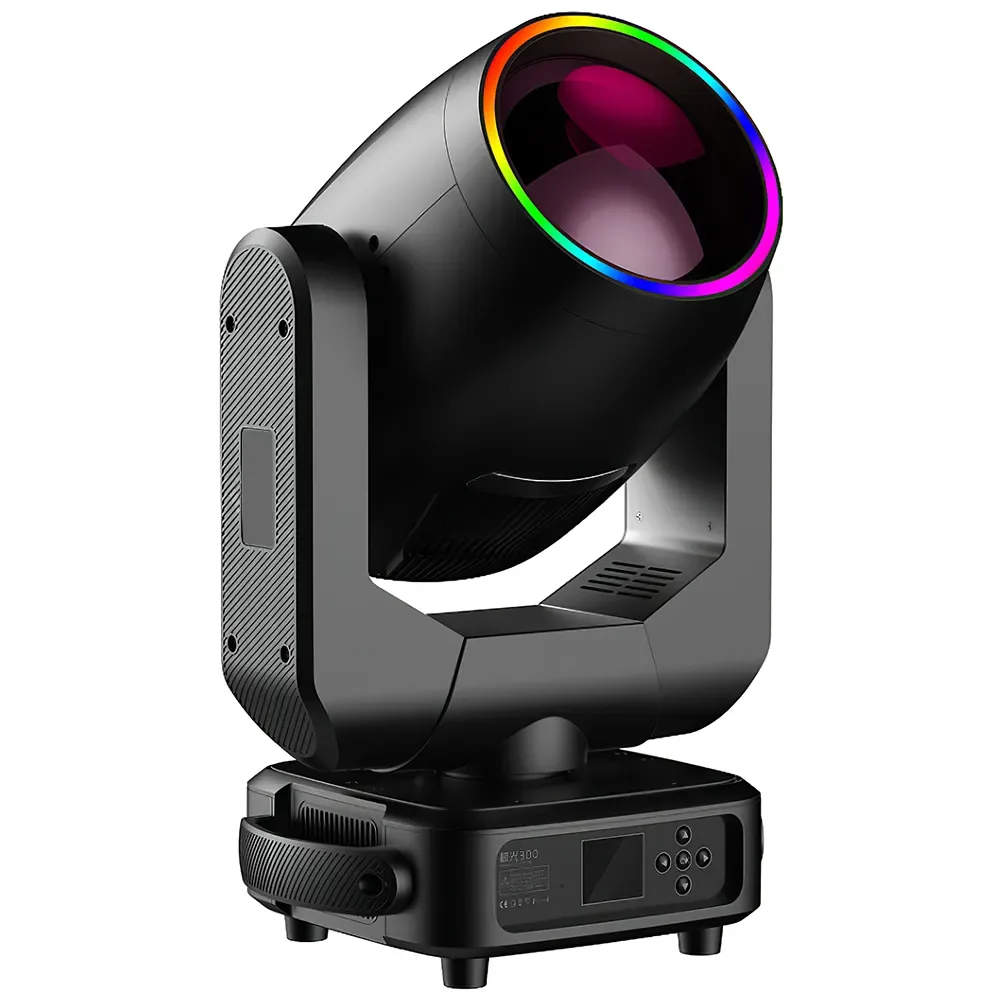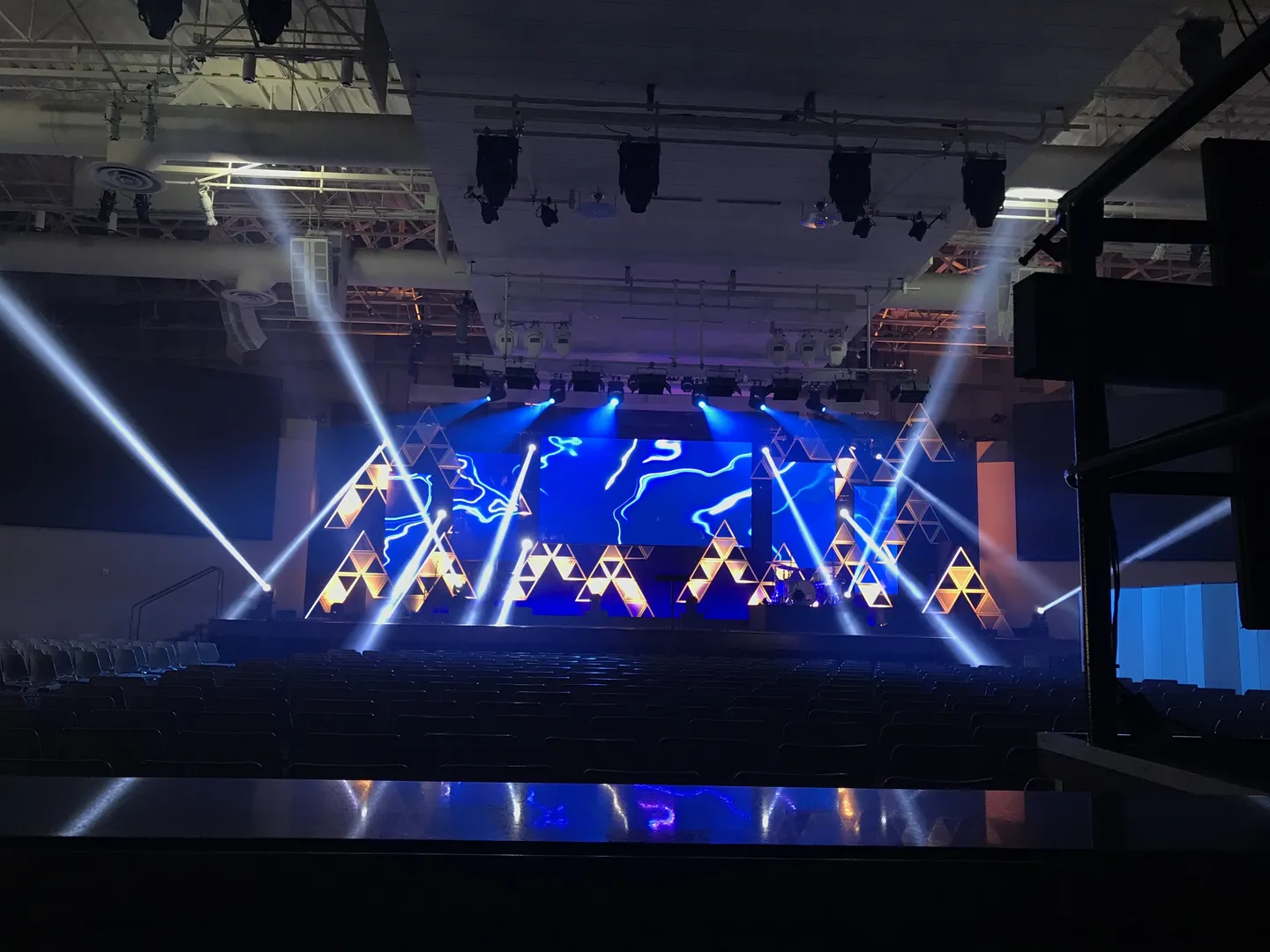Stage lighting plays a crucial role in enhancing performances, creating ambiance, and captivating audiences. From theater productions to music concerts, the dynamics and effects of lighting contribute significantly to the overall experience. This article aims to provide a comprehensive understanding of stage lighting, its components, techniques, and the science behind creating stunning visual effects.
Components of Stage Lighting:
- Light Fixtures: These are the devices that emit light, including spotlights, floodlights, par cans, and moving fixtures. Each type offers unique capabilities, allowing lighting designers to create various effects.
- Control Board: This is the central control system that enables lighting designers to adjust the intensity, color, and placement of lights.
- Color Gels and Filters: These translucent sheets are placed in front of lights to alter their color, creating ambiance and enhancing mood.
- Lighting Instruments: Including barn doors, gobos, and snoots, these tools help focus, shape, and direct the light beam to achieve desired effects.
Essential Techniques:
- Flood and Wash: This technique involves flooding the stage with a wide, evenly-distributed wash of light, creating a wall of color and providing overall illumination
- Spot and Focus: Spotlighting highlights specific areas or performers on stage, adding drama and directing audience attention.
- Crossfade: Seamless transitions between lighting cues, gradually changing colors or intensities, to create a smooth visual experience.
Light Color and Temperature:
- RGB Color Mixing: Red, Green, and Blue color channels combine to create a wide array of colors for stage lighting.
- Color Temperature: Measured in Kelvins (K), it determines the warmth or coolness of the stage lighting. Cooler temperatures (6000K–10000K) create bluish tones, while warmer temperatures (2700K–3200K) produce yellower, more golden hues.
Lighting Design Principles:
- Mood and Atmosphere: Lighting sets the tone for the performance, creating specific moods, such as intimacy or suspense.
- Texture and Shape: By playing with different lighting angles, shadows, and shapes, designers can add depth and dimension to the stage.
- Enhancing Movement: Choreographed lighting changes can emphasize movement and provide dynamic visual effects.
Advances in Stage Lighting Technology:
- LED Lighting: Energy-efficient and long-lasting, LED lights offer a wide range of colors, controllability, and versatility.
- Automated and Intelligent Lighting: Moving fixtures allow designers to create dynamic, programmable lighting effects, synchronized with music or performer movements.
Conclusion:
- Stage lighting is an art form that beautifully augments live performances, creating visual magic and enhancing the audience's experience. Understanding the components, techniques, and the evolving technology in stage lighting empowers designers to unleash their creativity and mesmerize audiences. Whether in theaters, concert halls, or outdoor venues, the right lighting transforms stages into captivating worlds of light formed to delight and engage all who witness the magic.


